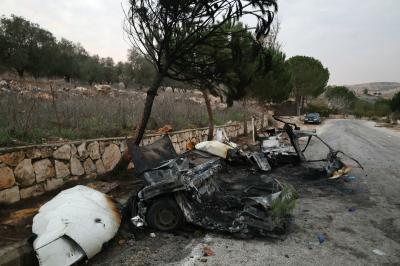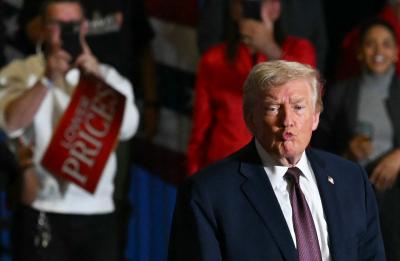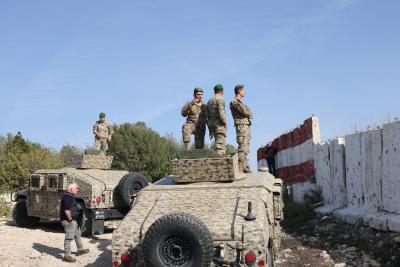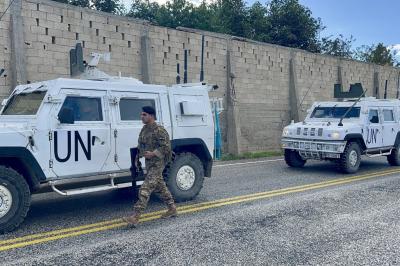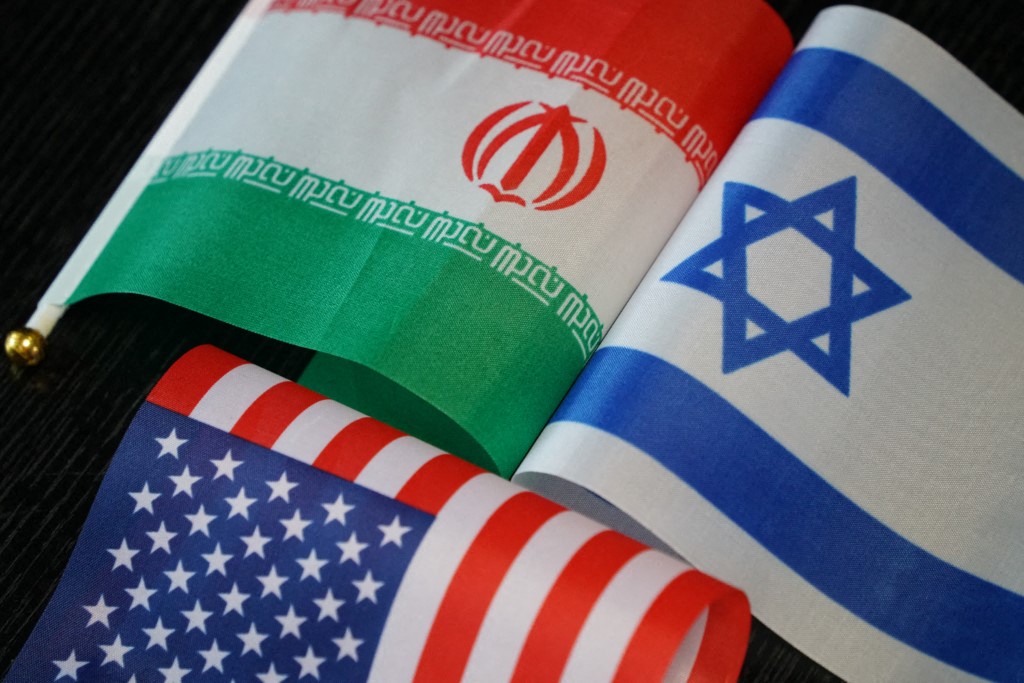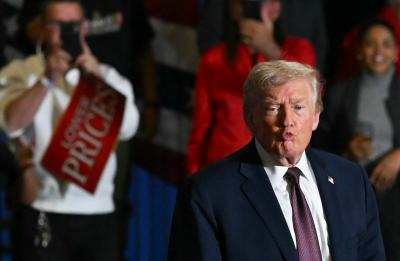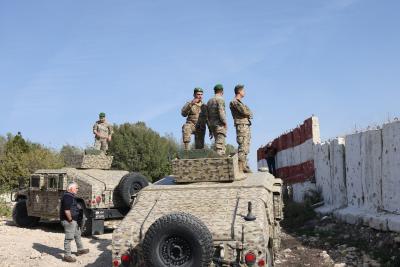The post-war landscape of the region, in the aftermath of the Israeli-Iranian conflict, remains as murky as the outcomes of the war itself. Yet the central question lingers: What is the future of peace efforts in the region, and what fate awaits the Abraham Accords?
There is no doubt that the Middle East and the Gulf are undergoing the most significant transformations in over a century, a shift made evident in the sweeping changes of the past two years, which built on earlier peace plans drawn up for the region—plans now stalled due to the lack of a “just solution” for the Palestinian cause.
Contrary to what its architects intended on October 7, 2023, the “Al-Aqsa Flood” operation served as a dramatic trigger for everything that followed. In Hamas’s calculations, the operation was supposed to spur negotiations with Israel, as similar operations had done in the past. Meanwhile, for the movement’s backers—chiefly Iran—the offensive was seen as a decisive blow to normalization efforts, aimed at derailing any prospects of peace between Israel and the Arab world by igniting war with the Palestinians.
Yet the axis misjudged the landscape. They faced Israel’s most extreme government ever, led by Benjamin Netanyahu—a leader willing to do anything to cling to power and avoid the specter of trials and political oblivion. Another miscalculation was underestimating the unwavering U.S. support for Israel and the latter’s capabilities, which surprised many observers, especially given its intent to reshape the Middle East a century after the last major regional restructuring.
The axis might have avoided provoking Israel on the Lebanese front, but shifting dynamics in Lebanon—and particularly in Syria, where the regime’s collapse loomed—emboldened Netanyahu to wage war on Iran with a U.S. green light, despite differing strategic objectives.
Israel’s goals were clear: strike Iran’s nuclear and missile programs, dismantle its military infrastructure, carry out targeted assassinations, and set the stage for a potential internal overthrow of the Iranian regime. And while Israel achieved painful tactical blows against Iran, it ultimately failed to meet its broader objectives or draw the U.S. deeper into its war aims. Instead, Israel’s own security—long the bedrock of its existence since 1948—suffered a major shock, exposing the vulnerability of a small state unable to endure a prolonged war of attrition on its entire territory.
As for President Donald Trump, despite his aim to cripple Iran’s nuclear capabilities or deliver a decisive blow, he fell short of fully achieving this goal. Bringing a weakened Iran to the negotiating table—a priority for Trump—remains an open question dependent on future developments.
For now, despite its fiery rhetoric, Tehran has little choice but to pursue a historic reconciliation with the U.S. and embrace the broader concept of regional peace. Domestically, Iran must also offer its people more openness, especially after they rallied behind their leadership in a show of national unity reminiscent of the Iran-Iraq War under Saddam Hussein. Inside Iran, a deep debate is unfolding about the sources of weakness, the country’s regional role, and other critical issues—continuing discussions sparked by Israel’s past wars in Lebanon and the axis’s subsequent struggles.
It will likely take time for Iran to return to negotiations, with various interim solutions emerging that could eventually lead to a much-needed U.S.-Iran rapprochement—something both nations’ populations and the broader region crave after years of war, yearning instead for stability and prosperity.
Until then, what becomes of the peace process—and of the Abraham Accords, which included the UAE, Bahrain, Morocco, and Sudan? Under the current hardline Israeli government and the continuing escalation, there appears to be little hope for a genuine breakthrough anytime soon.
The immediate prerequisite is halting the war on Palestinians in Gaza, followed by a comprehensive reconstruction effort and the formation of a governing authority under Arab-international supervision, sidelining Hamas from the forefront. Only then could negotiations resume with an Israeli partner other than the current right-wing government, paving the way for a revival of a peace process now on life support. This, however, is the formidable yet necessary challenge, for peace with the Arab world is impossible without it.
Moreover, Israel’s growing power and aggressiveness, coupled with its refusal to make concessions for normalization, have discouraged Arab states from extending a hand toward peace, weakening the incentives even among those who already signed the accords.
Ultimately, the fate of peace rests with Saudi Arabia—a keystone state whose agreement would open the door to broader regional peace. Yet Riyadh appears in no rush, as it deepens ties with Tehran to bolster regional security, needing time to assess a volatile situation that saw the war nearly spill into the Gulf, sparking fears among Gulf states who favor stability and oppose the war on Iran.
Saudi Arabia and other Arab nations will undoubtedly face pressure from Trump, who is racing against time to position himself as a global peacebroker eager to capitalize on his war efforts and attacks on Iran. But Gulf countries, despite their warm reception of Trump during his recent visit, are likely to wait and evaluate how relations between Washington and Tehran evolve, as well as Israel’s conduct in Gaza and the broader region, before taking further steps.
Crucially, everyone is watching to see whether the war has truly ended—or if it will reignite, possibly in other forms. Gulf leaders know Trump needs a stable Middle East, as he has no appetite for new wars in a region he wants to exploit economically. Qatar also played a pivotal role in the indirect understandings between Washington and Tehran to end hostilities.
Yet everything hinges on Trump’s ability to rein in Netanyahu in Gaza and curb Israel’s behavior, which seeks to unilaterally shape regional security—even though Israel cannot fight, let alone win, any war without America’s backing.
Should U.S. pressure intensify to advance the peace process, Israel’s current government stands to lose the most. Even if it were to agree eventually to a ceasefire in Gaza, it cannot deliver what Palestinians aspire to, nor would it return the occupied Syrian territories, including the annexed Golan Heights. This makes peace with Damascus unlikely for now—just as broader Arab peace remains tied first and foremost to Saudi Arabia’s position, itself contingent on fulfilling the 2002 Arab Peace Initiative set out in Beirut.
In the end, the region—and with it, the Abraham Accords—remains in a state of suspense, as everyone awaits the outcome of these dramatic shifts.
Please post your comments on:
[email protected]
 Politics
Politics
